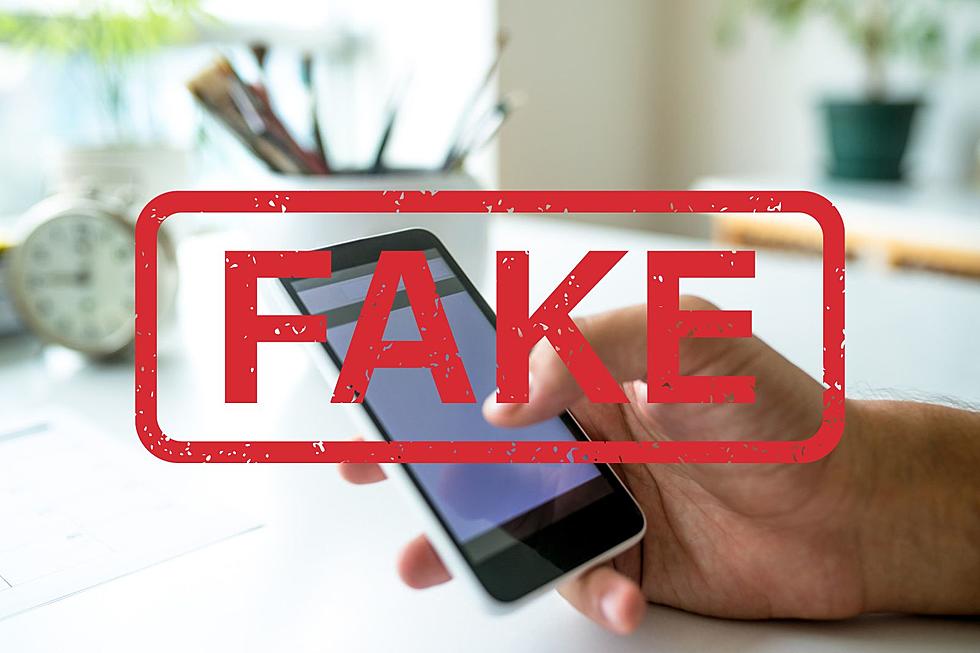
New Warning: Do Not Eat Fish From This Minnesota Body of Water
Minnesota is known for its water-- we're the Land of 10,000 Lakes, after all-- but there is a new warning about eating fish caught in this body of water.
Among other things, Minnesota is known for its incredible fishing, right? The Minnesota Department of Natural Resources (DNR) says the streams, rivers, lakes, and ponds of the North Star State are home to 162 different species of fish, 141 of which are native to Minnesota.
And with all those lakes filled with fish, it's not surprising that many of us like to get out and try our hand at reeling a few in every year. The DNR says over 1.5 Minnesotans buy a fishing license each year, and the average angler spends 15 days fishing each year.

Out of those 162 different kinds of fish, walleye are the most sought-after fish in Minnesota, followed by northern pike and muskie combined, panfish, bass, crappie and trout, according to the DNR.
But now there's a new warning from the Minnesota Department of Health (MDH) about why you might NOT want to eat that fish you caught from this well-known body of water here in the Bold North. According to the MDH release, you'll want to be careful eating fish caught on the Mississippi River between St. Paul and Wabasha due to a mixture of pollutants found in fish tissue:
- The new guidance applies to U.S. Lock & Dam #2 Pool, U.S. Lock & Dam #3 Pool and U.S. Lock & Dam #4 Pool, including all of the Minnesota lakes and backwaters, and recommends that:
- People who are or may become pregnant, people who are breastfeeding or plan to breastfeed, and children under age 15 do not eat fish from these locations.
- People not planning to become pregnant and those over age 15 limit fish consumption to one serving a month from these locations.
ALSO INTERESTING: Kwik Trip to Stop Selling This Popular Drink in MN Soon
The release goes on to say that the presence of poly-fluoroalkyl substances (PFAS) in fish tissue are the main reason for this new warning. PFAS are harmful chemicals that have been widely used for decades and do not break down in the environment, the release said. They can accumulate not just in fish but also in people, and they have been linked to developmental effects in children as well as various cancers, it noted.
“For most people, fish are part of a nutritious, well-balanced diet, because they provide a good source of protein and are rich in essential vitamins and minerals,” MDH Assistant Commissioner Myra Kunas said, “but the Minnesota Department of Health encourages people to limit their intake of fish from certain waterbodies to avoid potential negative health impacts.”
You can check out more about the "DNR's full guidance concerning fish consumption HERE. Of course, in addition to polluted fish, there are many other wild animals native to Minnesota that could also cause problems for you if you encounter one in the wild-- unless you can outrun them. Keep scrolling to see which ones they are!
Listen to Curt St. John & Samm Adams
Weekdays from 6 to 10 a.m. on Quick Country 96.5
KEEP READING: What Minnesota Animals Can Humans Outrun?



